I read a mountain of nature books each year but even I have to admit that sometimes natural history does not make for the best summer reading. If I’m sitting in camp, or on a beach, give me a page turner by Carl Hiaasen or Harlan Coben.
But natural history books don’t have to be stodgy, as this blog’s six picks demonstrate. These new books are every bit as entertaining as bestsellers, and they don’t sacrifice scientific rigor to accomplish that.
So pull up a beach chair and enjoy some of the most fun nature books of the year. And share your own picks in the comments section.
-
Sex in the Sea
by Marah J. Hardt (St. Martin’s Press)
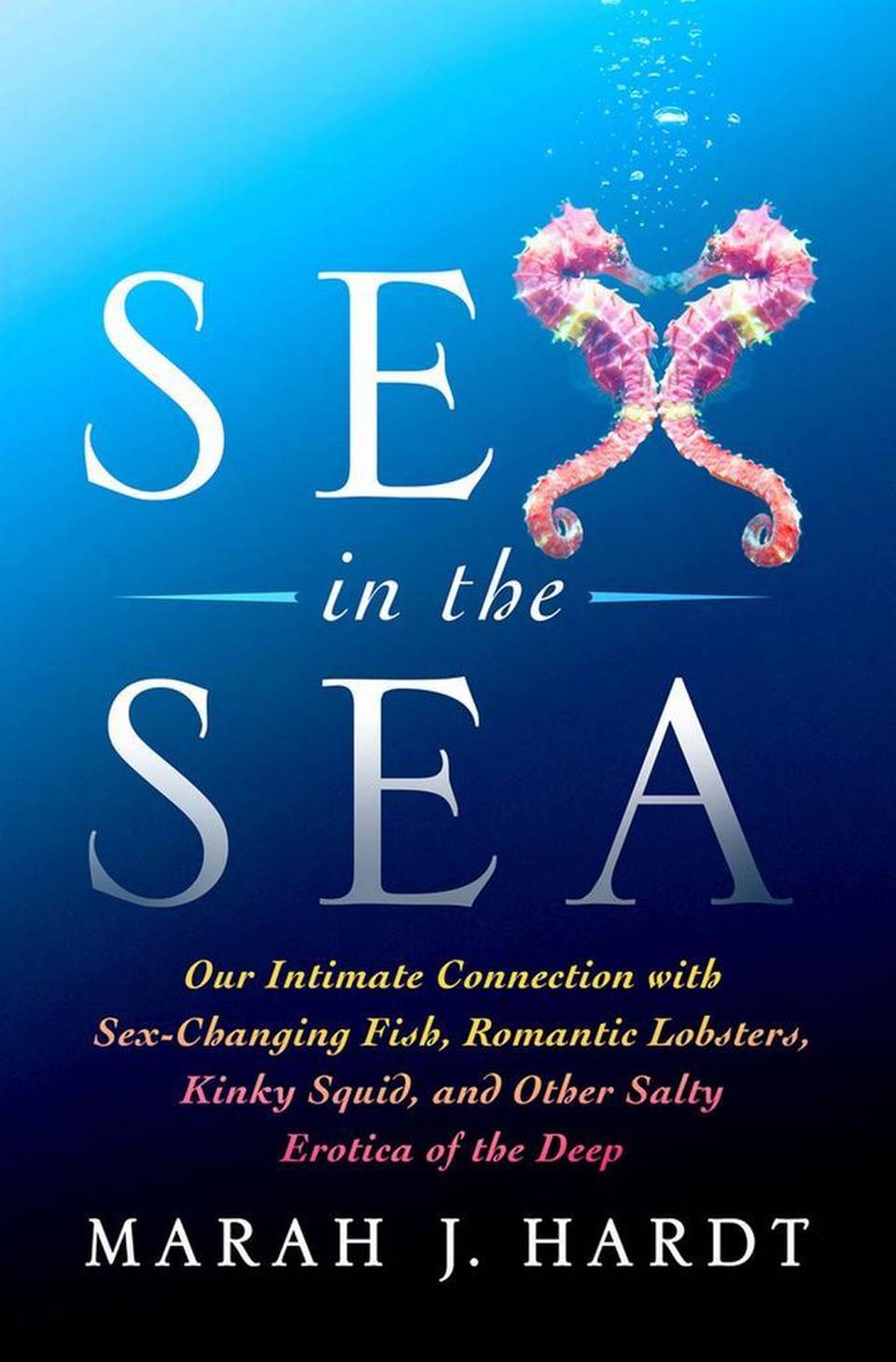
As marine researcher Marah Hardt notes, “Just a few years ago we had no idea how many marine creatures got busy.” Hardt is here to catch you up on all things that qualify as “salty erotica.” New approaches and technology have given us a better understanding of how marine creatures reproduce and Hardt dives in with full enthusiasm. She has as much fun as you might imagine given material that includes synchronized sea urchin sex and penis-fencing flatworms. Every page is hilarious, and quotable, covering oceanic orgies in all their glory. And Hardt includes a play list with each chapter to serve as a romantic soundtrack. Seriously: you will not find a better book for the beach than this one.
-
The Sting of the Wild
by Justin Schmidt (Johns Hopkins University Press)
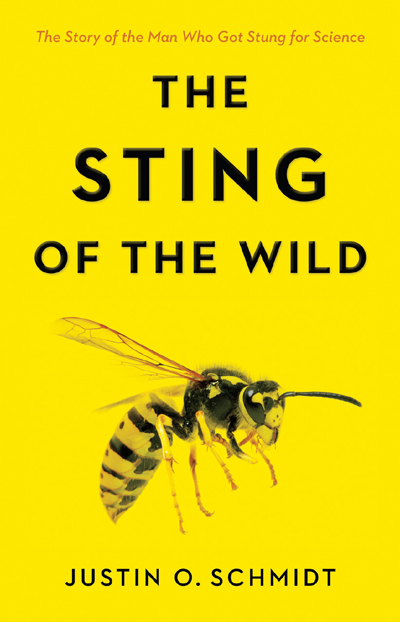
Justin Schmidt might be called the King of Sting: He’s spent much of his career researching bees, wasps and ants, including the chemical make-up of their venom. He’s traveled to six continents to track down stinging insects. And he’s been stung. A lot. His Schmidt Pain Scale for Stinging Insects assigns a pain rating for each sting, and also includes a description of each sting experience that reads like wine tasting notes for pain. And now he’s here to share his story, and the story of stinging insects. I’ve written a blog on this wonderful book and Schmidt previously. In short, read it. It shows how good, how enjoyable, nature writing can be – but you will watch where you put your hands in bullet ant country.
-
What Should a Clever Moose Eat?
by John Pastor (Island Press)
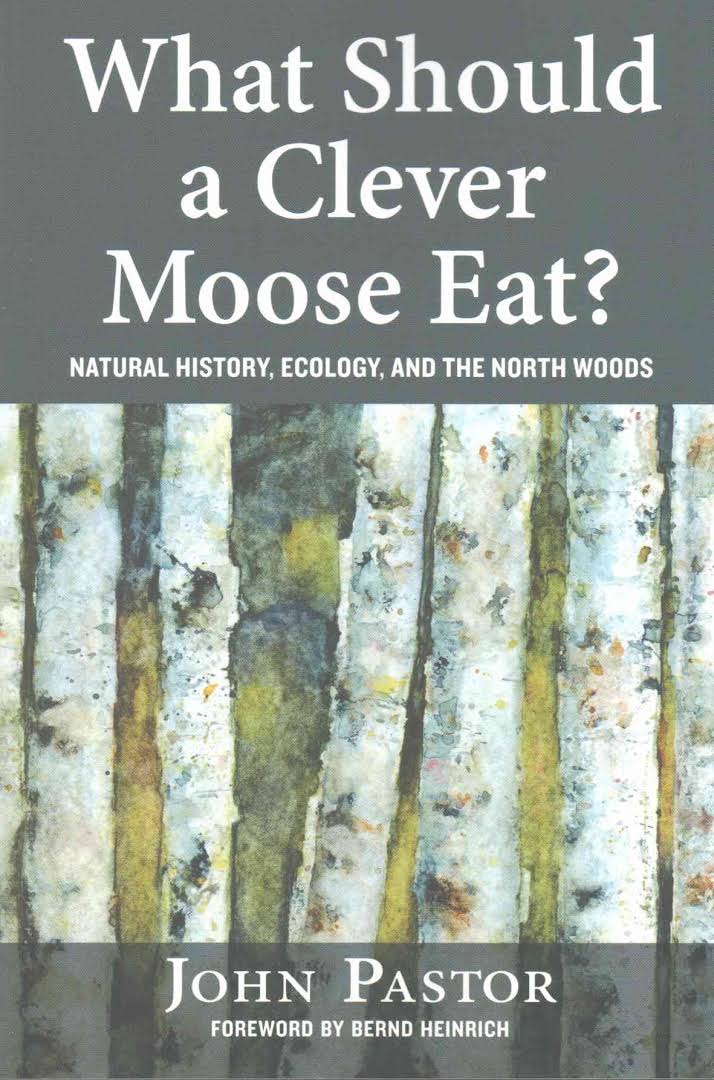
Good ecological research begins with natural history observations: that’s a central premise in ecologist John Pastor’s series of essays on the North Woods (a region covering the forests of the upper Midwest, New England and eastern Canada). Pastor poses a series of questions – some thought provoking, some quirky – based on his observations in the woods, and how they lead to even greater insights. He looks at the death of leaves, how skunk cabbage fools pollinators, how hares and lynx really interact and how voles disperse seeds. And yes, what moose eat. It’s a celebration of curiosity. It will make your own walk in the woods a richer experience. And it showcases that a lot of scientific advancement still begins with an open mind, out in nature.
-
Following the Wild Bees
by Thomas D. Seeley (Princeton University Press)
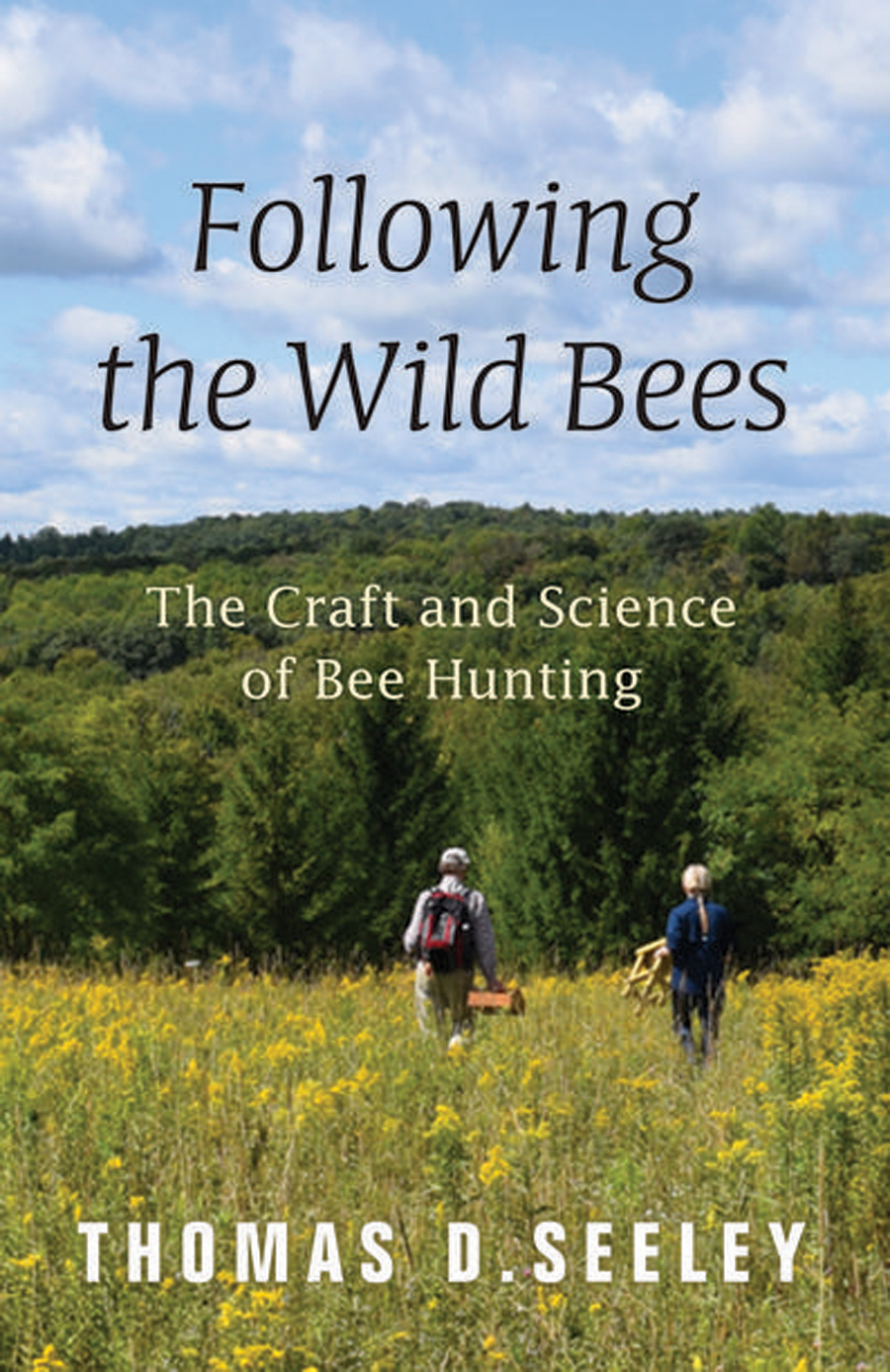
Once, procuring honey meant following wild bees back to their hive in a tree. This has largely been replaced by bee keeping, of course, but Thomas Seeley suggests a revival in this lost art. Seeley proposes what might be called “catch and release bee hunting” – in its historic form, following bees led to the death of both the bee tree and bee colony. Seeley follows bees for research, but suggests that tracking a bee back to its hive can be a fun natural mystery that anyone can practice. He provides full details on how to accomplish this, from capturing and marking a bee, determining its flight path, tracking it and locating the hive. So, if you’re looking for a wild quest, learn to track down bees. And even if you’re not going out looking for hives, the book is filled with fascinating information on bee colonies and the history of honey hunts.
-
What Elephants Know
by Eric Dinerstein (Disney-Hyperion)
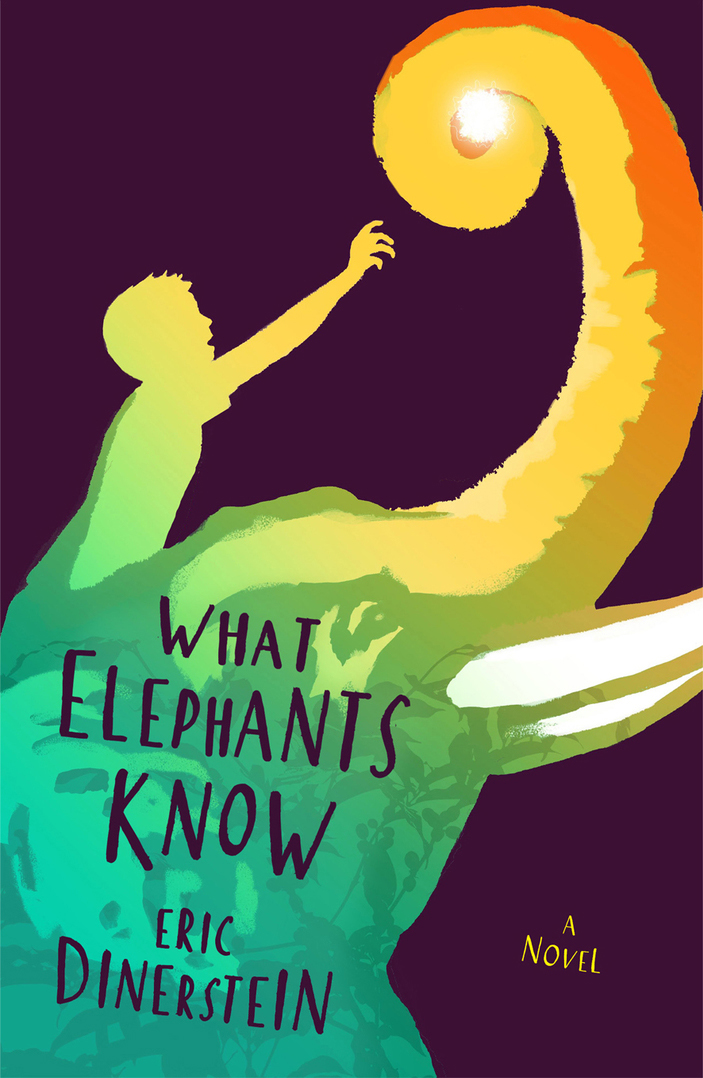
Eric Dinerstein is a well-known conservation biologist and former lead scientist with the World Wildlife Fund. I’ve always enjoyed his non-fiction books that combine adventure with conservation. This is his debut novel: a poignant tale of Nandu, a young boy raised by wild dogs, who now lives and works at an elephant stable in Nepal. When authorities threaten to close the stable – possibly in part due to Nandu’s actions on a royal tiger hunt – the boy and his elephant must find a way to rescue their way of life. While written for younger readers, anyone will enjoy the well-drawn characters, the beautiful details of forest life and the human-elephant relationships. It delivers its message without any heavy-handedness, relying instead on the story. I’ve noticed a trend of compelling novels in several genres written by scientists (the topic of a future blog), and I hope it continues. And I hope this is not the last fictional work we see from Dinerstein.
-
The Secret Lives of Animals
by Stacy Tornio and Ken Keffer. Illustrations by Rachel Riordan (Falcon Guides)
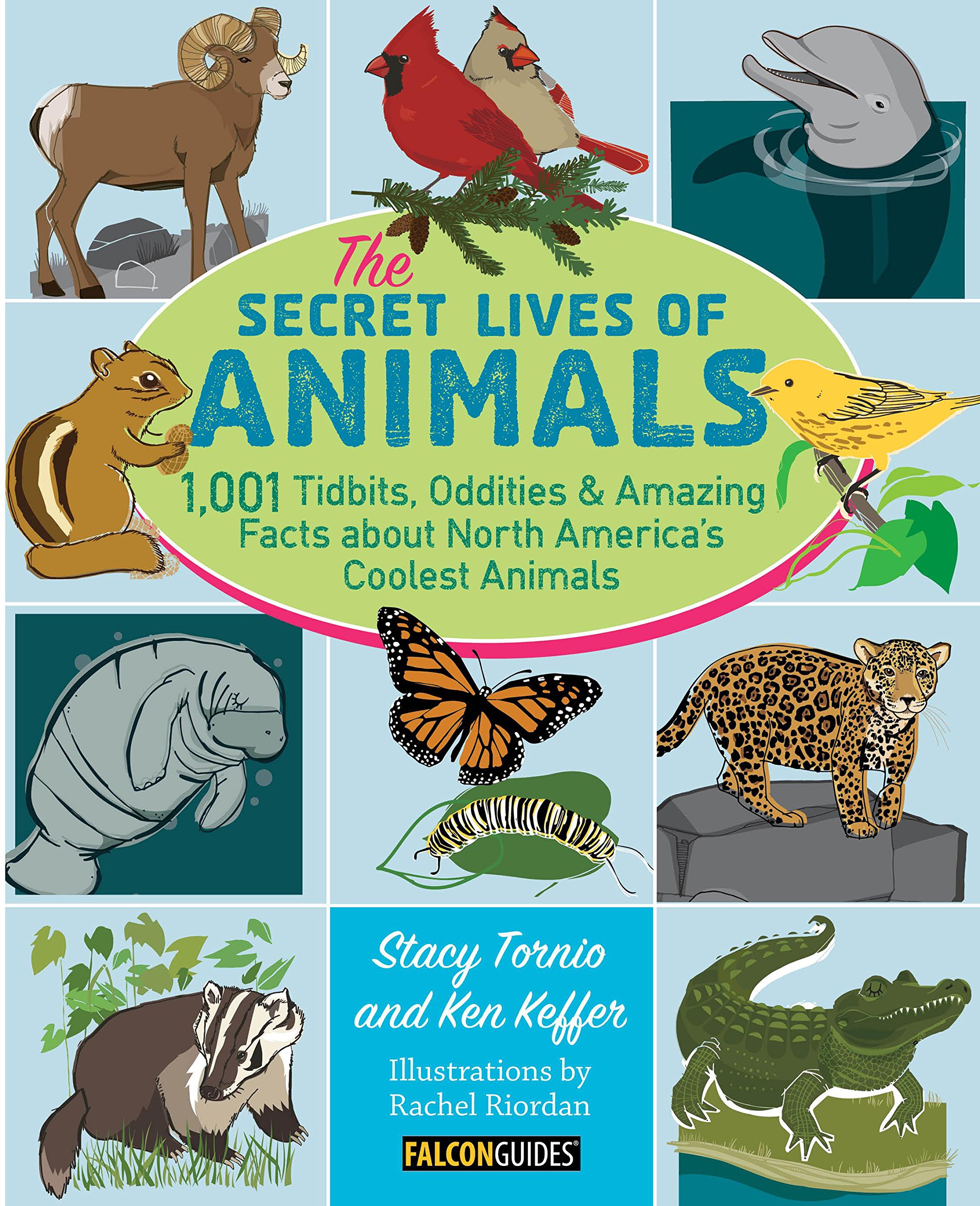
Know a youngster who can’t get enough of wild animals? This is the book to fuel the fire. I wish it existed when I was a kid. It is crammed full of facts and trivia about North American wildlife – including the insects, small mammals and birds you’re likely to find around your neighborhood. It is organized in a way so that you can easily look up your favorite critters. And there are suggestions for ways to observe and explore your local yards, creeks and parks. It’s an indispensable resource for your budding naturalist, and a nice compliment to field guides.
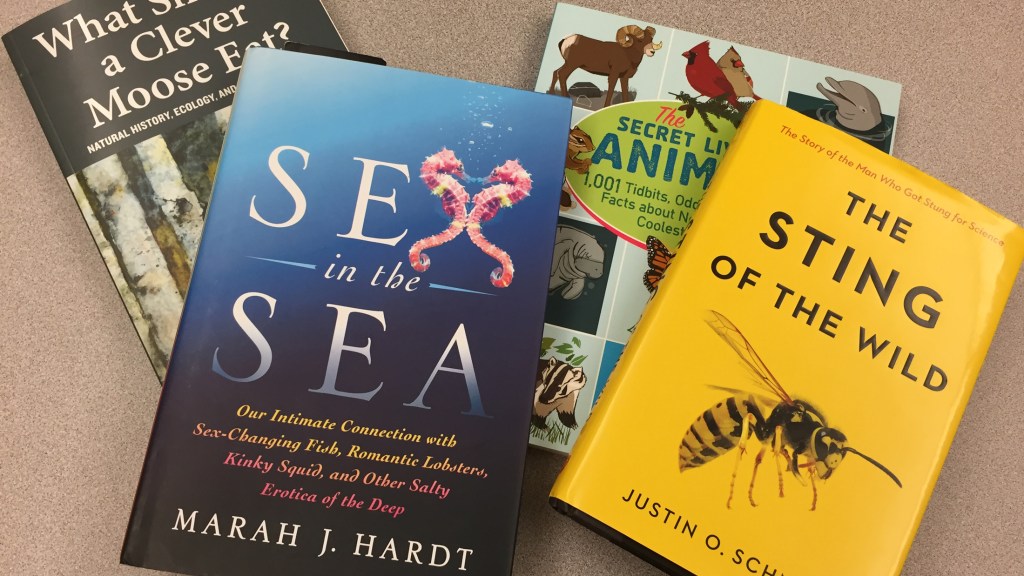



Matt, I love this blog! Every week something wonderful and fascinating to enjoy, and frequently pass along to friends and fellow science believers/supporters. I’m a longtime Nature Conservancy member & supporter too; so happy to be “among friends” and fellow “travelers” as it were…This is a GREAT list of books…thank you!! I’m going to Oder the “Secret Lives of Animals” for my granddaughter. Be well, and thanks for all you do on behalf of our natural world.
I’m reading a delightful book right now by Sy Montgomery called “The Soul of an Octopus: A Surprising Exploration into the Wonder of Consciousness.” And earlier “Step into Nature: Nurturing Imagination and Spirit in Everyday Life” by Patrice Vecchione. Wonderful!
Great Reading List! Some other nature books I like are Jerry Dennis’s Its Raining Frogs and Fishes, Sharman Apt Russell’s Diary of a Citizen Scientist and Liz Cunningham’s Ocean Country.
Thanks for the wonderful descriptions of each book!